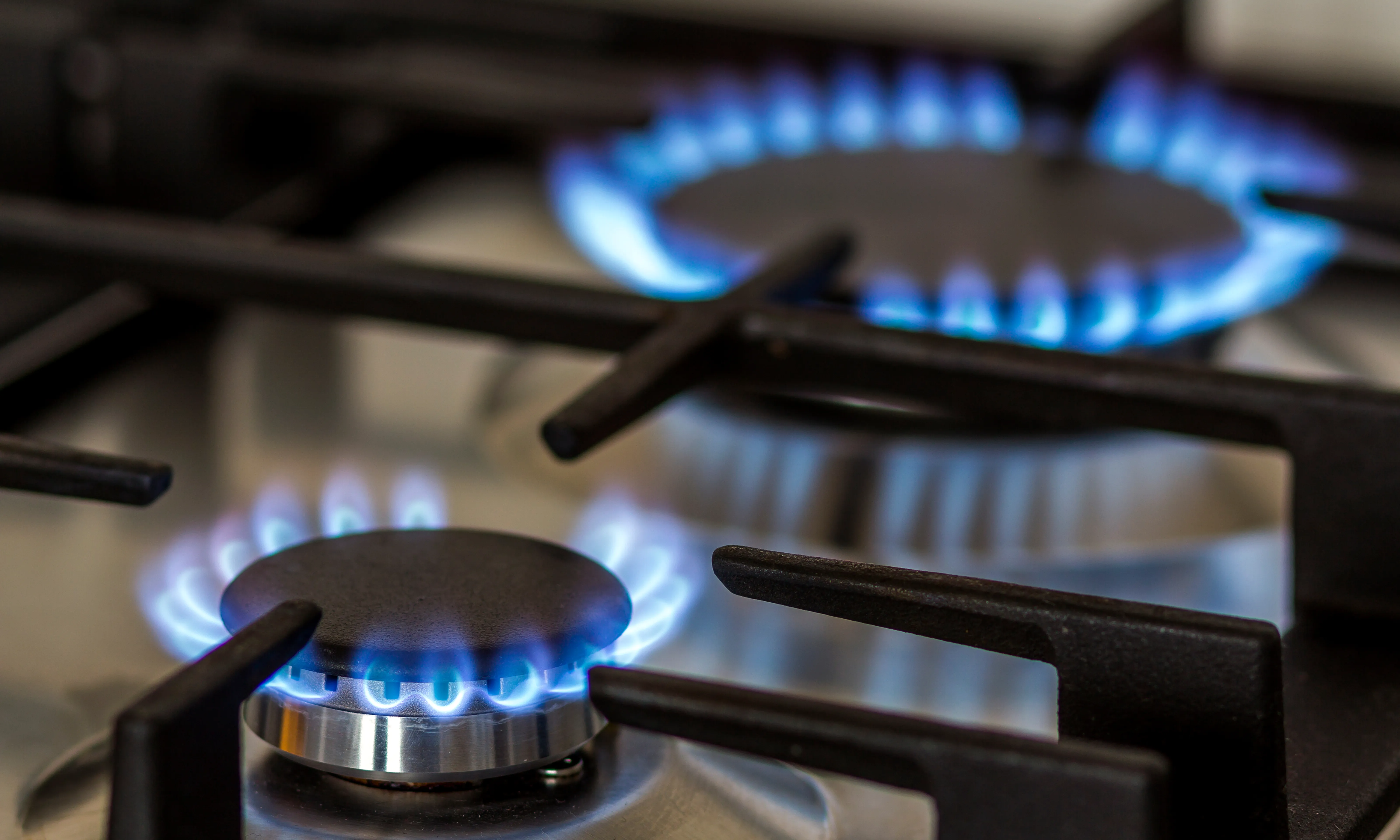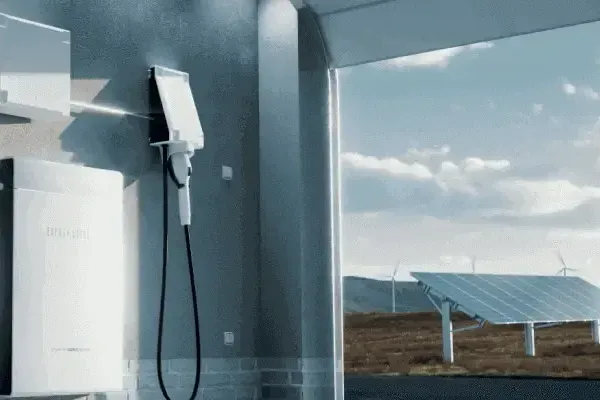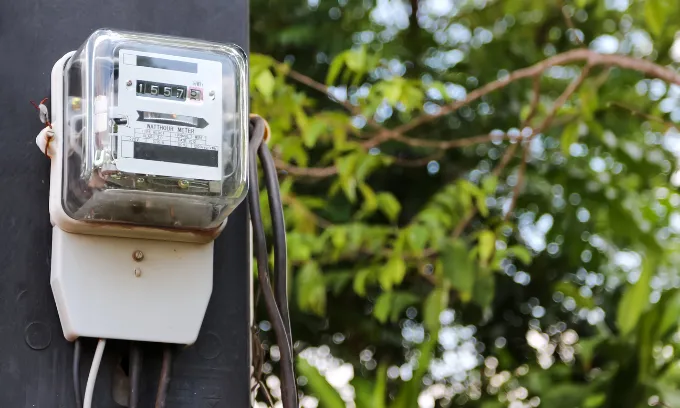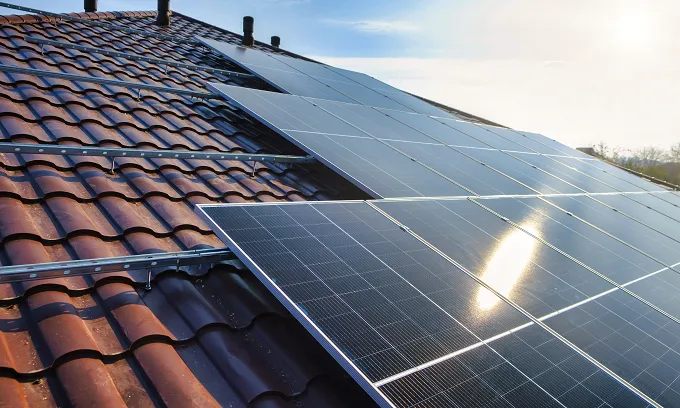Is gas or electricity cheaper?
As a rule of thumb, gas per megajoule (MJ) is technically cheaper than electricity per kilowatt hour (kWh).
However, gas isn’t quite as powerful as electricity. According to Elgas, it takes 3.6 megajoules of gas to equal one kilowatt-hour of electricity.
The upfront costs of setting up a gas connection or buying gas-powered appliances are also typically higher than purchasing electric appliances.
For reference, here is a comparison between the average usage rates for electricity and gas in each capital city, which refers to how much you pay for every kWh of electricity or MJ of gas consumed.
Average Usage Rates by Capital City (Based on single rate tariffs)
City | Electricity Usage Rate | Gas Usage Rate |
|---|---|---|
Sydney | 36.2 c/kWh | 3.8 c/MJ |
Melbourne | 25.9 c/kWh | 3.6 c/MJ |
Brisbane | 33.1 c/kWh | 5.2 c/MJ |
Adelaide | 44.1 c/kWh | 3.6 c/MJ |
Perth | 32.4 c/kWh | 23.3 c/Unit* |
Hobart | 27.9 c/kWh | 5.5 c/MJ |
Darwin | 30.1c/kWh | – |
Canberra | 29.9 c/kWh | 3.9 c/MJ |
Average between cities | 32.5 c/kWh | 4.58/MJ |
Source: www.canstar.com.au – 30/07/2025. Average electricity usage rates are based on single-rate, non-solar only plans on Canstar’s database, available for an annual usage of 4,373 kWh with the exception of Perth which is based on the Synergy Home Plan (A1) tariff and Darwin which is based on the government regulated rate. Average gas usage rate based on summer rates of single-rate plans on Canstar’s database, available for an annual usage of 24,856MJ with the exception of Hobart which is based on Solstice Energy’s Standard Residential Tariff and Aurora Energy. *Average gas usage rate for Perth based on summer rates of single-rate plans on Canstar’s database, available for an annual usage of 6,300 Units (Unit defined as 3.6 MJ per WA.gov).
Keep in mind that the table above doesn’t account for supply charges: a fixed charge that covers the distributor’s cost of supplying gas or electricity to your home. Typically, you should expect to pay the following:
- Electricity: 95.9c – 179.6c per day
- Gas: 22c – 85c per day.
The rates listed above are single rate tariffs. Electricity customers on time-of-use or gas customers on block tariffs may be charged notably different rates.
The actual rates you’ll pay for either gas or electricity will also depend on:
- Your energy distributor
- Your location
- Your energy retailer
- Choice of electricity or gas plan.
Gas vs electrical appliances costs
From an initial glance, gas may seem cheaper than electricity to run, but it’s not as clear cut as that: a kilowatt is a bigger unit than a megajoule, meaning the final running costs for appliances are slightly different.
Here’s a quick guide to the most common appliances that are available as either electricity or gas-powered.
Electric vs gas: hot water running costs
Hot water systems can run on either gas or electricity. However, the running costs are more likely determined by the type of hot water system you have, rather than what powers it.
Gas hot water systems are cheaper to run, but are more expensive to purchase.
Electric hot water systems are cheaper to buy initially, but cost slightly more to run.
Hot water systems also have an energy rating, allowing you to get more of an idea of how much energy each model consumes before you commit to buy.
Electric vs gas: heating running costs
When it comes to gas heaters vs electric heaters, both types have their own pros and cons.
Gas heaters can heat small-to-medium-sized rooms quickly and more efficiently than electric heaters.
The downside is that they’re generally more expensive to purchase, and may require a flue to help expel fumes in some cases.
In comparison, electric heaters are usually more widely available and come in a range of sizes and types.
This allows you to find something potentially more suitable for the space you’re trying to heat, which may help you get more value in exchange for the higher running costs.
Electric vs gas: stove running costs
Cooktops are another household appliance that is available as either an electric or gas model.
Gas models tend to be thought of as a better option for cooking as they heat up quicker than electric types, in addition to having a slightly lower running cost.
However, electric stoves are generally cheaper to purchase and install, making it an argument of short-term savings versus long-term savings.
Electricity vs gas appliance purchasing costs
While gas appliances are slightly cheaper to run, they also generally come with a higher price tag, which can outweigh the potential long-term savings.
For example, a brand-new, built-in electric oven can cost as little as $320, whereas an entry-level, built-in gas oven will cost you closer to $1,260.
The good news is that appliance prices are dependent on retailers, your choice of brand and which models you’re looking to purchase.
If you’re an avid cook or want a well-heated home in winter, then it may work out cheaper overall to install gas appliances.
This will also depend on whether you already have a natural gas connection at your home.
If you aren’t connected to the gas main, you’ll incur an additional fee and will have to pay two daily supply charges if you have both an electricity and natural gas connection.
This means the cheaper gas running costs may be quickly negated by additional fees and work needed to get your house ready.
For more detailed info on buying power-saving whitegoods, check out the Canstar guide on the most energy-efficient appliances in Australia.
How much does a natural gas connection cost?
Gas connections can cost anywhere from a few hundred to a few thousand dollars, depending on the network and the complexity of the work that needs to be done.
If you don’t have a pre-existing natural gas connection at your home, you’ll have to organise a connection with your local gas distribution network.
If you’re nowhere near a mains network, your only option may be LPG. Also, keep in mind that if you are renting, you will need your landlord’s permission before installing any gas connections or appliances.
To see if you are eligible for a mains natural gas connection, contact your gas distributor.
Electricity vs gas: pros and cons
While the costs may be the determining factor, electricity and gas each come with advantages and disadvantages:
Fuel Type | Pros | Cons |
|---|---|---|
Electricity |
|
|
Gas |
|
|
Calculating what’s cheaper for your household can be difficult, particularly when you need to factor in installation costs, daily usage rates and new appliance costs.
While gas generally has a slightly cheaper running cost, gas appliances and installing a gas connection can outweigh the initial savings.
Gas or electricity: which is worth it?
Whichever option ends up cheaper and more suitable is entirely dependent on your situation, household location and general preferences.
If you’re away from an electricity grid, gas may be your only option. In comparison, those who already have access to the gas main may find opting for gas appliances cheaper in the long run.
Depending on your state and personal situation, you may be eligible for electricity rebates and concessions that can help with the cost of your energy bills and make the switch to electricity.
Research your rebate options to see what you can save. And if you get stuck, you can always check out Canstar’s ratings for gas and electricity providers to see what plans are currently on offer.








